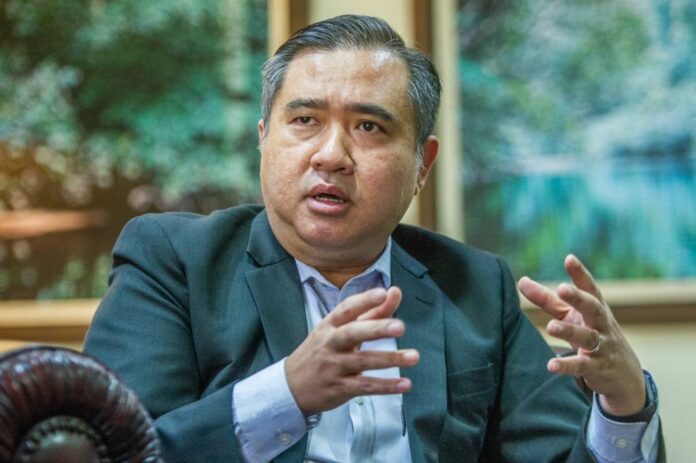KUANTAN, April 7 — The Ministry of Transport (MOT) is encouraging the cargo handling segment from the east coast to the Klang Valley to use the East Coast Rail Link (ECRL) service instead of the highway, once it starts operating in early 2027.
Its Minister Anthony Loke Siew Fook said the matter is one of MOT’s important policies, which sees the medium of transport as not only cost-saving and environmentally friendly, but also improves the level of road safety.
“This can reduce the number of large vehicles plying the route between the east coast and the Klang Valley, with most of them passing through the Kuala Lumpur-Karak Expressway. When passing through areas such as Genting Sempah, it can cause severe congestion and the demographics in the area can also be dangerous.
“One of the things we will emphasise (in the use of ECRL) is the unloading of goods between Port Klang and Kuantan Port, and not just focus on passengers,” he said at a press conference after attending the 10th Anniversary of the Malaysia-China Kuantan Industrial Park (MCKIP) here today.
Also present were Pahang Menteri Besar Datuk Seri Wan Rosdy Wan Ismail and Deputy Minister of International Trade and Industry Liew Chin Tong.
Loke said the development of ECRL is a catalyst for the existence of more industrial parks and logistics hubs along its route, such as in Bentong and Temerloh, simultaneously improving the economic sector and creating job opportunities.
He also said that the implementation of the ECRL project along the 665 kilometres (km) stretch was progressing well according to schedule, with the physical work expected to be completed in 2026, to enable a series of tests to be carried out before starting operations.
“Regarding the (price) of tickets, it has not yet been decided, and will be detailed with Malaysia Rail Link Sdn Bhd (MRL), as the owner of the project, nearer to the operational dates,” he said.
Asked about the Pahang government’s plan to build a new airport in Kuantan, Loke said that MOT respects that wish and always tries to facilitate applications related to the development of transport infrastructure.
The construction of an airport, however, Loke said, requires further discussion, because the process is more complicated and involves various approvals of conditions and technical aspects, such as from the Civil Aviation Authority Malaysia (CAAM).
Loke also said that the Pahang government’s intention is fully understood, given that the existing airport, the Sultan Haji Ahmad Shah Airport, is located in an area belonging to the Royal Malaysian Air Force (RMAF).
The airport construction plan was announced by Wan Rosdy in October 2021, who said that it had been agreed on in principle by the National Physical Planning Council, with the state government being asked to conduct an in-depth study on the project.
On July 6, 2022, Wan Rosdy said that the construction of the airport, at a cost of RM2 billion, will be part of the mixed development plan of the aerospace city in Gebeng, here, with construction starting in 2023 and expected to be operational in 2026.
















